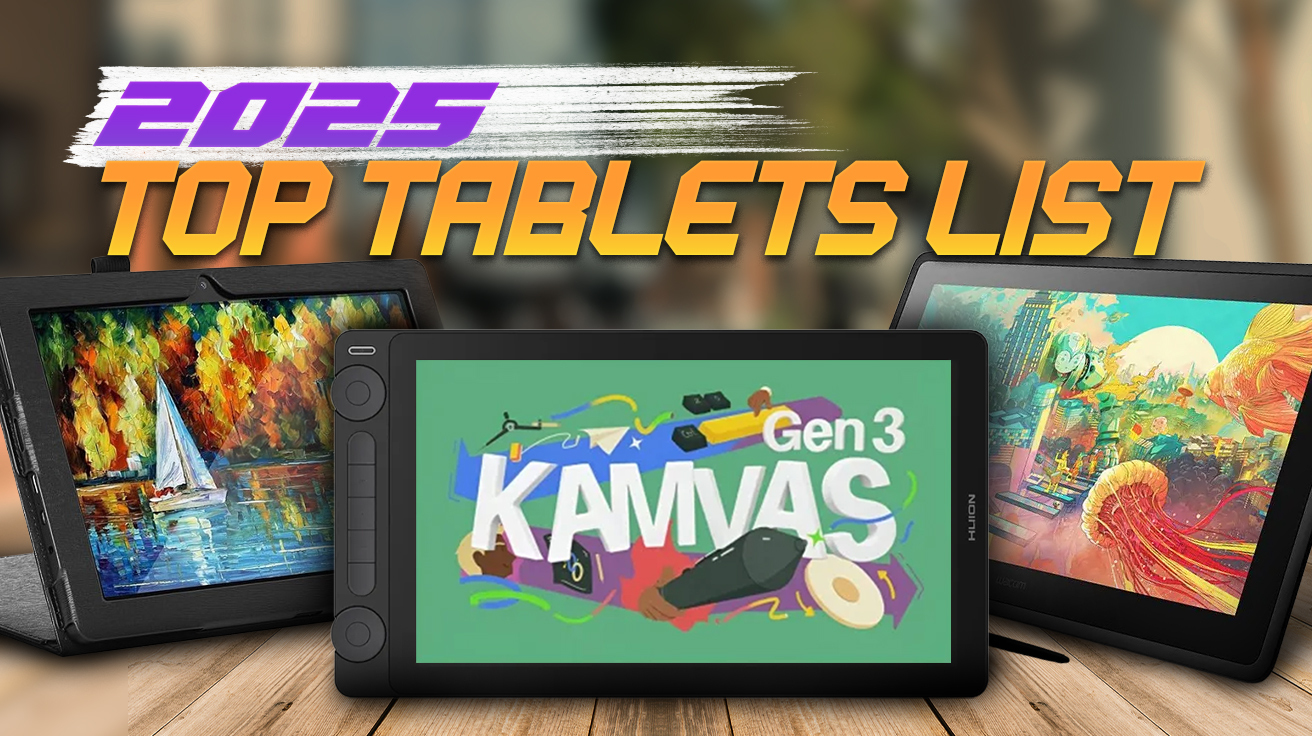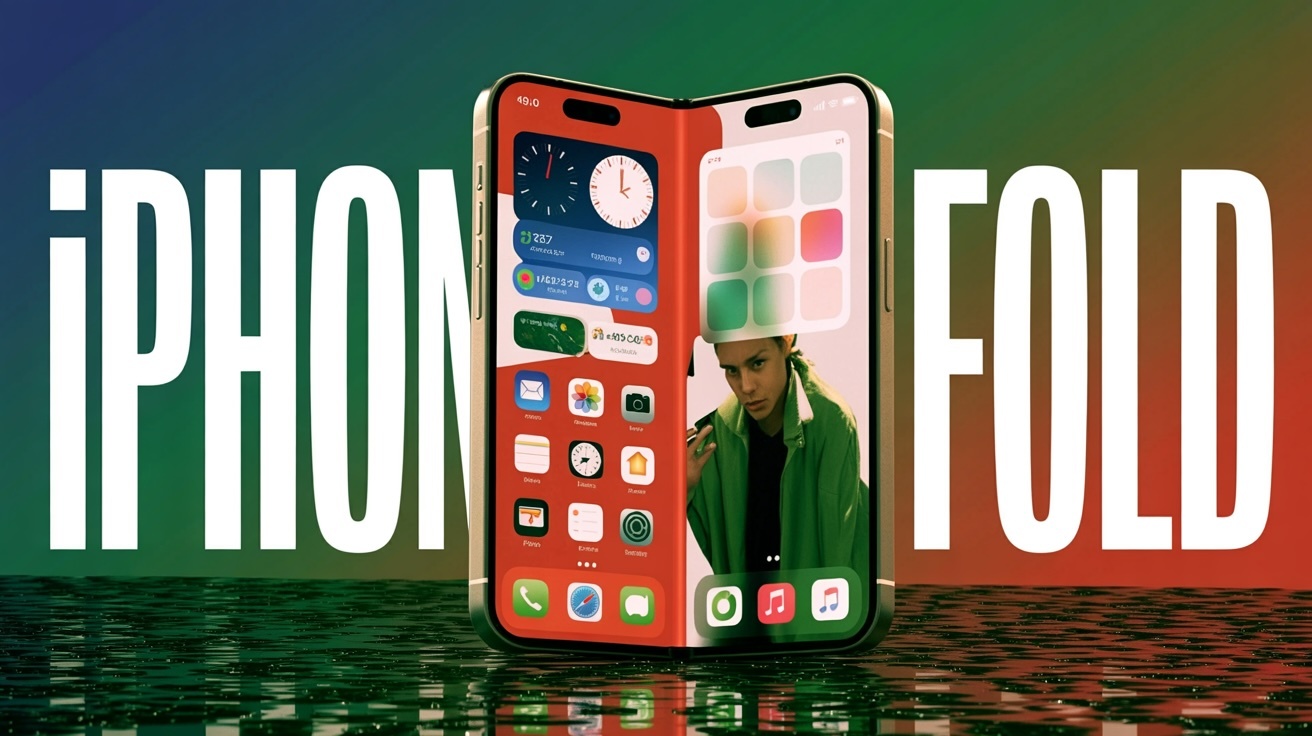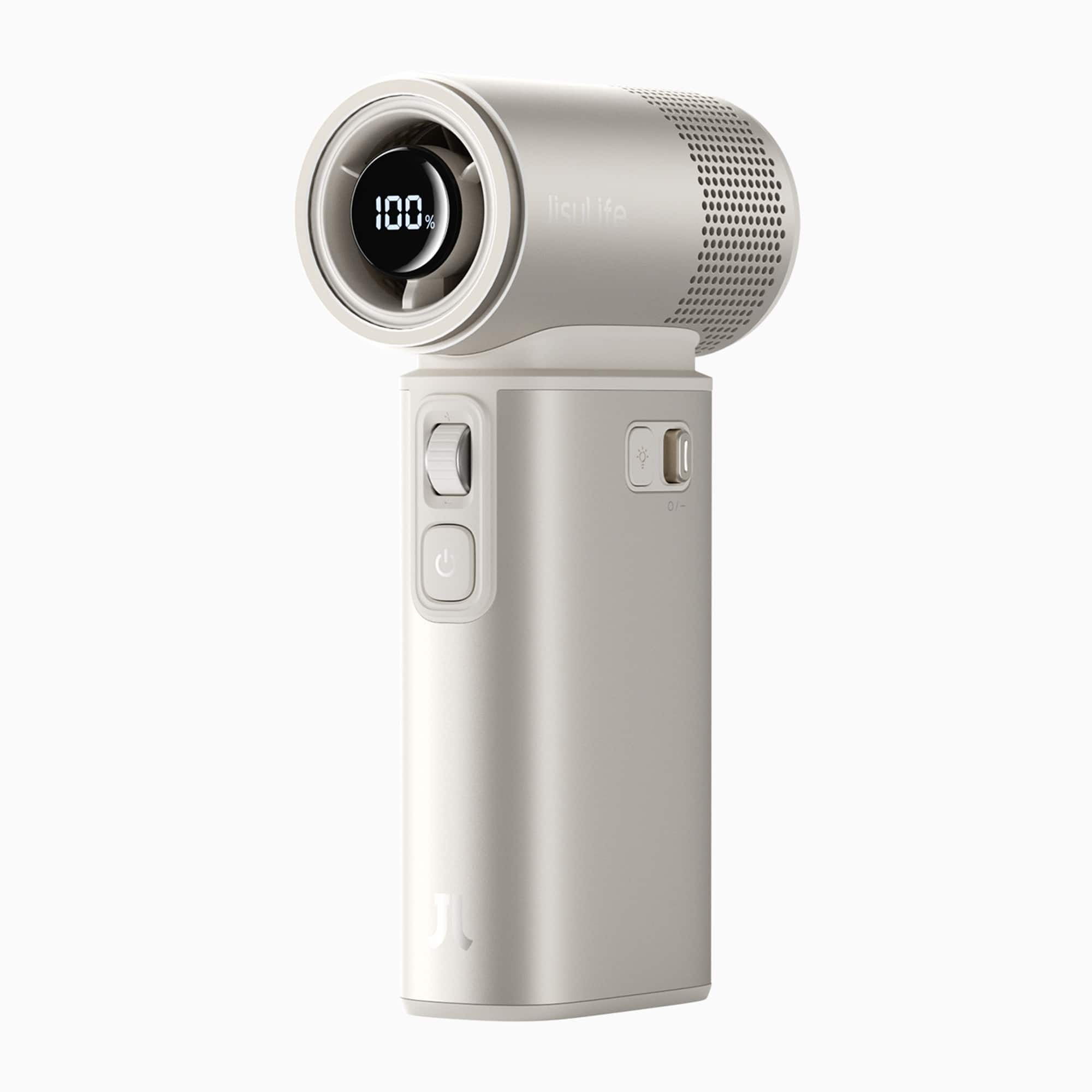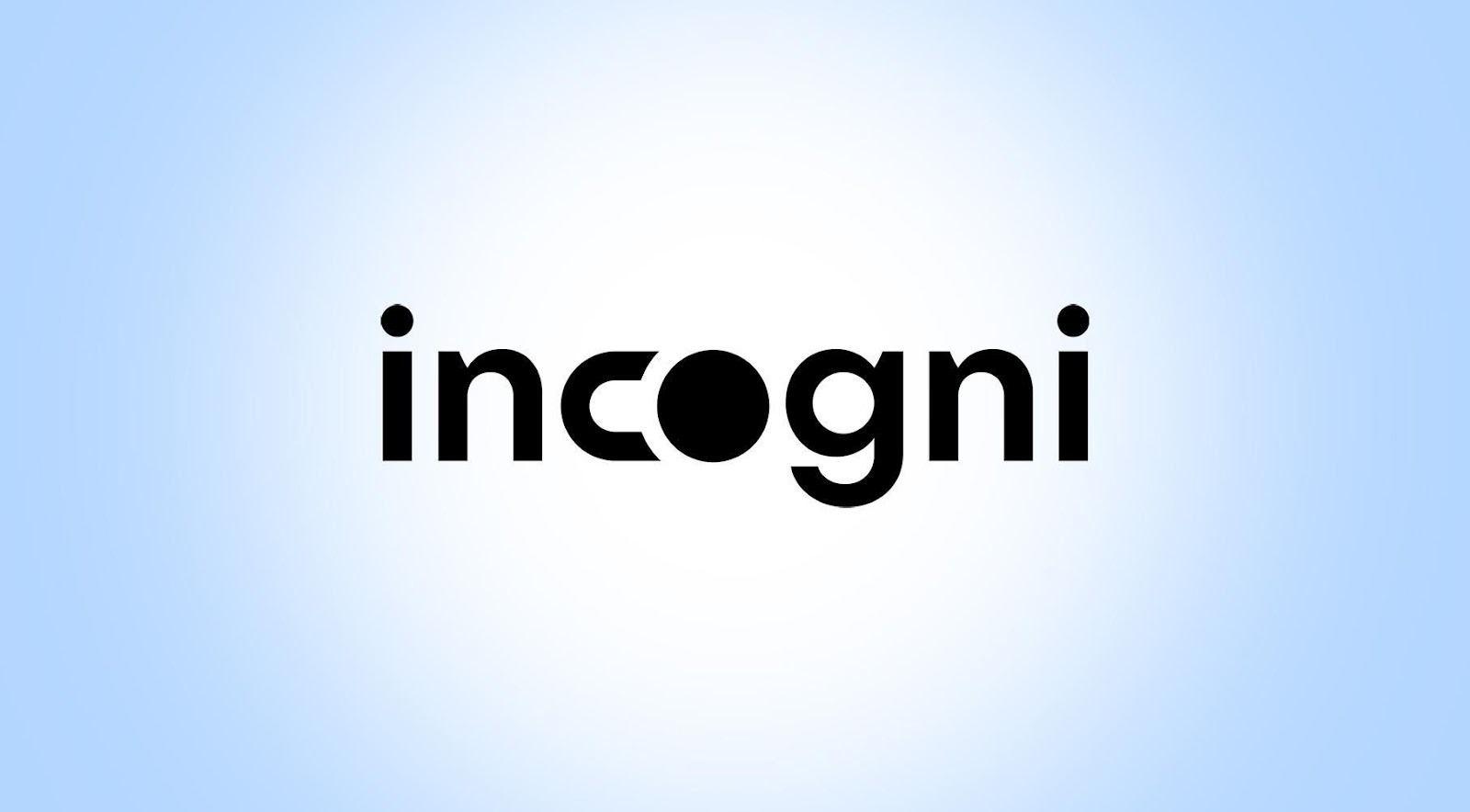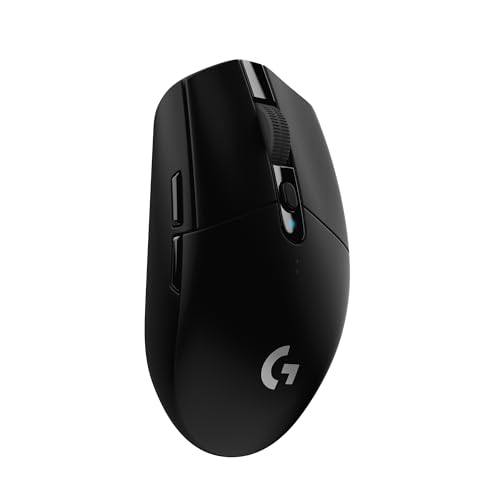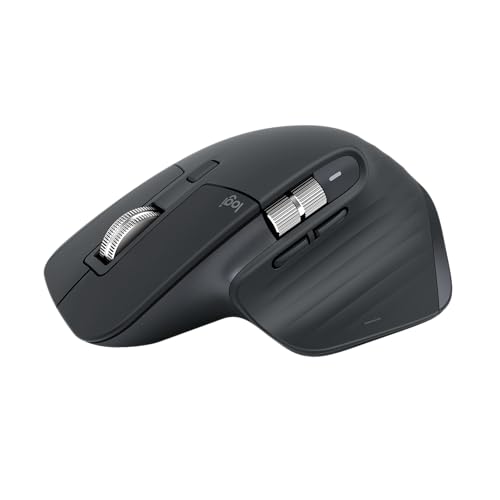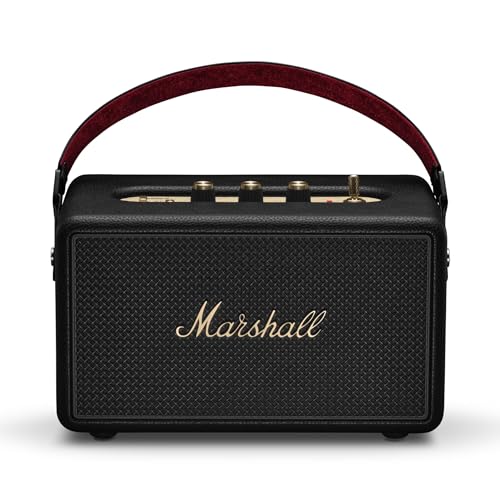Drawing tablets have evolved from niche tools for digital artists into versatile, everyday workhorses for designers, illustrators, students, and even casual doodlers. Whether you’re sketching frame-by-frame animations, retouching high-res photos, or just learning the ropes in Krita, there’s a tablet built for your needs—and your budget.
We’ve analyzed the tests on a range of popular models to find those that deliver on the features that matter: pressure sensitivity, display accuracy, input responsiveness, and long-term usability. Some connect directly to your computer with zero lag and near-paper feel, while others offer all-in-one portability with built-in apps and screens. From compact entry-level options to full-size pro-grade displays, we looked at real-world drawing performance—not just spec sheets.
If you’re after a wireless pen tablet that won’t break the bank, the XP-PEN Deco 03 is a smart starter. Digital artists who demand color fidelity should look to the Huion Kamvas 16 Gen 3, while the Wacom Intuos Pro continues to set the standard for screenless precision. Here’s what we found across five standout picks.
1. HUION Kamvas 16 (Gen 3): The Color-Accurate Game Changer
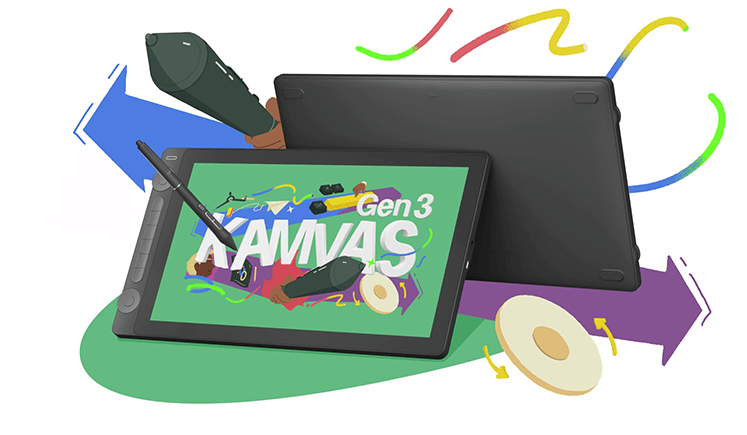
Best For: Digital artists, color-critical illustrators, 2.5K pen display seekers
The Kamvas 16 Gen 3 delivers the kind of performance that used to require a much bigger check. HUION’s Kamvas brings a 2.5K QHD laminated display and near-zero parallax, it brings pro-level drawing precision to a midrange price point. Artists who care about color fidelity and screen feel will find a lot to love here.
Measured Delta E sits under 1.0 out of the box—impressive for a tablet in this class. Testers verified 99% sRGB and 90% Adobe RGB coverage, while real-world latency feels near-instant at ~14ms. The included PenTech 4.0 stylus supports 16,384 pressure levels and ±60° tilt, delivering smooth transitions and excellent accuracy on detailed strokes.
Six hotkeys and dual-function dials speed up workflow, though left-handers may need to tweak layout settings. The textured matte glass strikes a nice balance—minimal glare, just enough friction. USB-C single cable setup is supported, assuming your device has DisplayPort Alt mode.
Durability feels dialed in. Reviewers praise the slim 12.6mm build and solid weight distribution, with no wobble in the included tilt stand. Some users note the anti-glare coating picks up light in very bright rooms, but that’s a fair trade for reduced reflections.
Professional-level performance, minimal setup fuss, and no subscription bloat make this a standout.
2. Wacom Cintiq 22: The Desktop Powerhouse
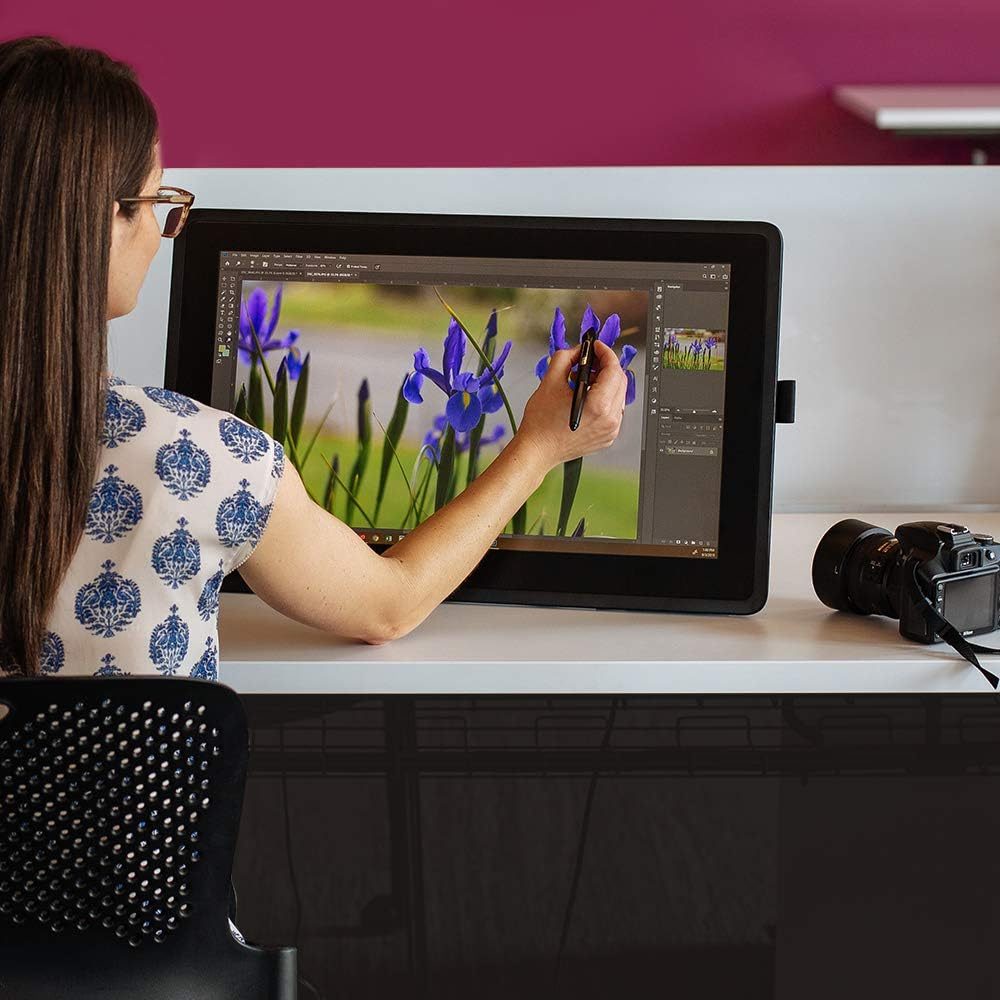
Best For: Studio artists, animation pros, large-format sketchers
The Cintiq 22 is built for creators who need real estate, not portability. With its 21.5-inch Full HD display, Wacom’s EMR tech, and ±82° tilt (spec), it delivers a professional-grade drawing experience that feels like pen on paper—if that paper had shortcut remotes and a rock-solid stand.
Real-world tests confirm excellent stroke tracking and zero jitter across large canvases. The anti-glare screen has a slight “tooth” to it, providing just enough friction for precision control. Color coverage hits 96% sRGB, and while brightness tops out at 210 nits, most reviewers say it holds up fine in typical studio lighting.
There’s no built-in ExpressKey array, but the Pro Pen 2 includes dual buttons and 8,192 levels of pressure sensitivity. Users praise the rock-steady stand for eliminating wobble during heavy arm movement. Just make sure you’ve got the desk space—this thing is a beast.
Driver setup is painless, and calibration only takes a few minutes. Long-term owners say their units hold up for years, with some still using decade-old Cintiqs daily. It’s not flashy, but it’s built to last—and built for work.
3. Wacom Intuos Pro: The Industry Standard
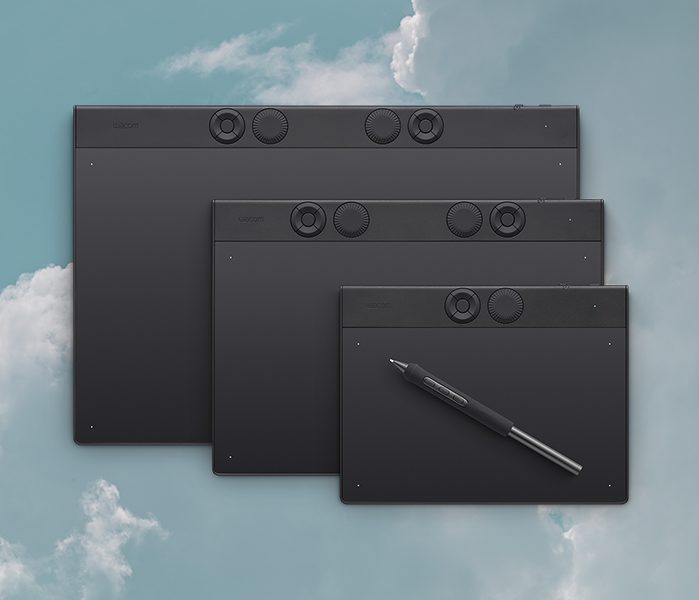
Best For: Professional illustrators, photo editors, remote creatives
Wacom’s Intuos Pro doesn’t chase gimmicks—it refines the essentials. With ultra-responsive EMR tech, ±60° tilt, and 8,192 pressure levels (spec), this non-screen tablet remains a gold standard for pen input. For artists working across dual monitors or long editing sessions, it’s as fluid and reliable as ever.
Lab-tested Bluetooth 5.3 delivers up to 16 hours of runtime, while wired USB-C mode offers lag-free drawing even in high-res workflows. ExpressKeys and the redesigned mechanical dial are tactile and intuitive, replacing the dated touch ring with something that actually works under pressure. Multi-device toggling is a welcome bonus for hybrid work setups.
The new Pro Pen 3 is customizable down to its grip and weight, earning praise for its balance and subtle feel. The magnesium frame is just 7mm thick and sturdy enough to survive serious studio wear. Even the cable got an upgrade—right-angle and tangle-resistant.
Users note minor hiccups with Windows Ink drivers, but nothing that can’t be fixed with a quick tweak. Long-term reliability is unmatched—many still use models from 2015. For those who live in Photoshop or Clip Studio, this tablet feels like an extension of your hand.
4. XP-PEN Deco 03: The Budget-Friendly Workhorse
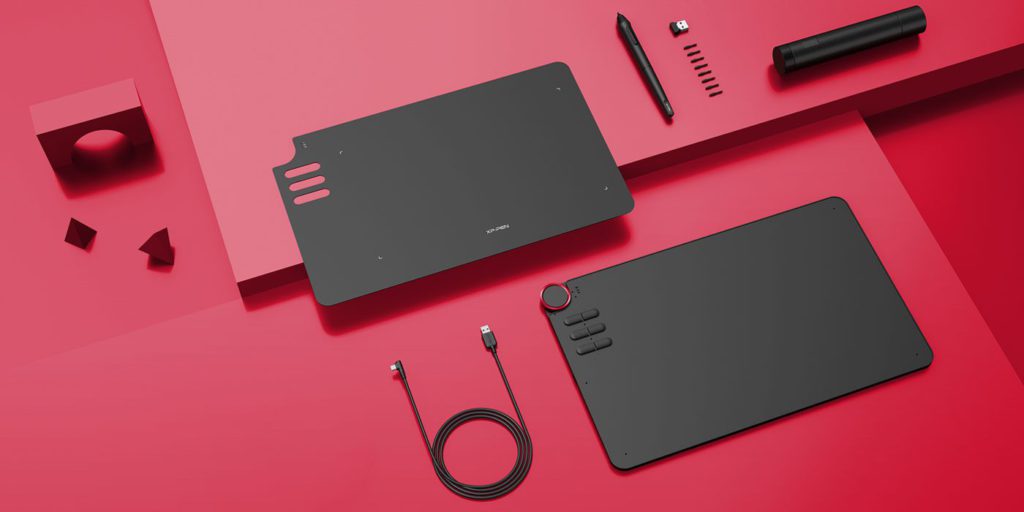
Best For: Beginners, hobbyists, wireless convenience seekers
XP-PEN’s Deco 03 is a rare find in the sub-$100 drawing tablet category: wireless, customizable, and fast enough for real creative work. While it skips the screen entirely, it delivers enough performance to make it a legit daily driver for artists getting started—or those who prefer pen-to-monitor setups.
Real-world testing shows smooth stroke tracking with 8,192 levels of pressure sensitivity (spec), a 233 RPS report rate, and responsive input across apps like Photoshop and Krita. There’s no tilt support, and occasional jitter may appear without driver tweaks, but most users call the line control “surprisingly professional” for the price.
The 6 shortcut buttons and dial are tactile but not perfect—Windows users report some key combo limitations. Still, the red dial is a satisfying navigation tool once you get used to it. Setup is quick, especially on Mac, though Windows drivers can be picky over wireless.
Build quality lands in the “good enough” camp. The plastic housing is lightweight but flex-prone, and some users note the tablet ships slightly warped. The battery-free pen, included case, and eight extra nibs are well appreciated.
If you’re looking for wireless flexibility without blowing your budget or a way to take notes without paper, the Deco 03 is a solid call.
5. Frunsi T8: The Portable Powerhouse
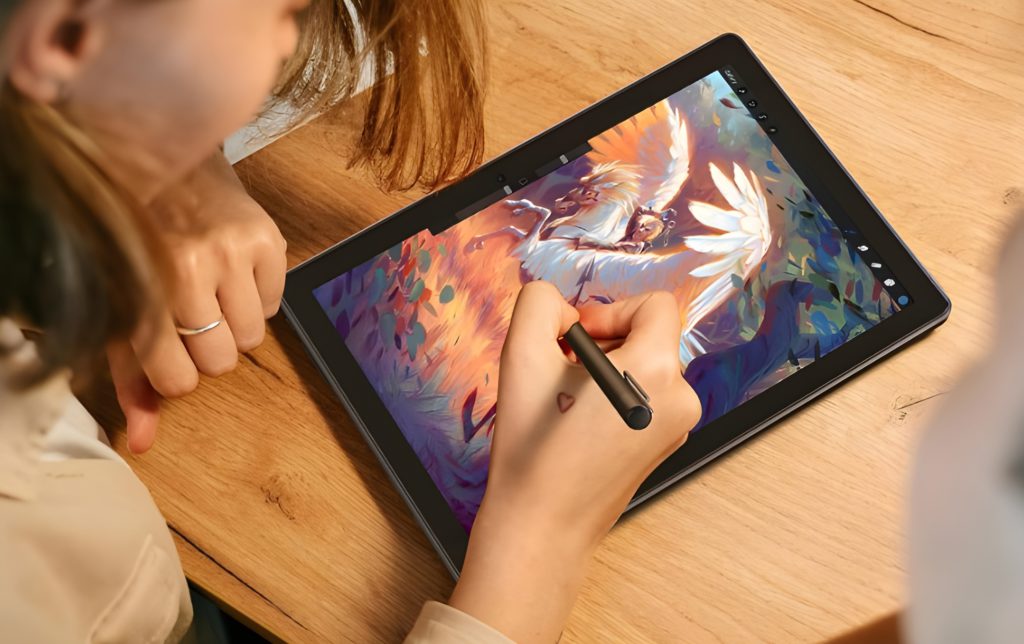
Best For: Beginners, kids, casual sketchers on a budget
The Frunsi T8 isn’t trying to outgun the pros—it’s built to be friendly, portable, and surprisingly capable for the price. Designed as a standalone Android-based drawing tablet, it skips the cable tangle entirely and boots right into apps like Krita or ibis Paint without a PC in sight.
Specs show 1,024 levels of pressure sensitivity (spec) and—real-world reports suggest—minimal lag with a slight jitter that can be smoothed with in-app stabilization. It won’t satisfy line art purists, but hobbyists and young artists say it “just works” out of the box.
The 8″ display runs 1200×800 with decent sharpness, though reviewers consistently describe colors as “desaturated” or “muted.” Still, it’s bright enough for indoor use, and the included screen protector adds a nice tactile glide. You’ll get around 5 hours of runtime from its 5,800 mAh battery, which matches most Chromebooks.
Build quality is decent, though not bulletproof—some users report screen cracks from light drops. That said, it comes loaded: stylus, glove, case, and extra nibs included. It’s not built for finesse, but for budget-bound beginners, the T8 hits the essentials.


